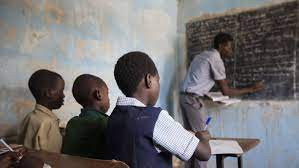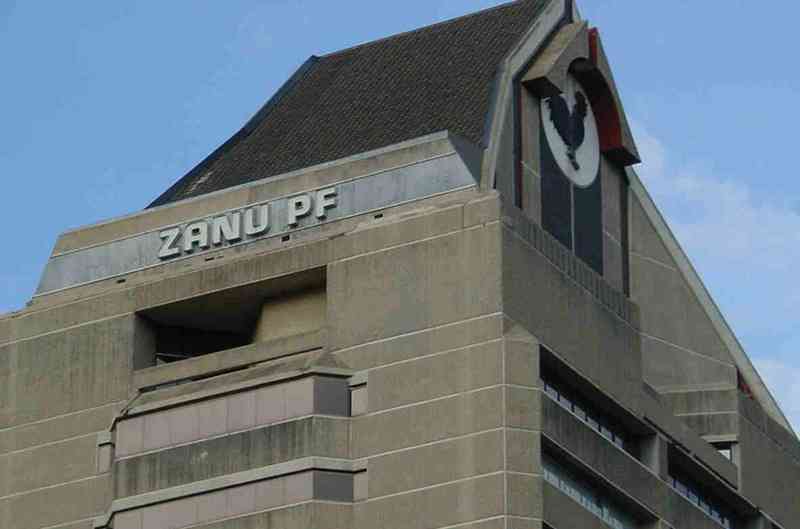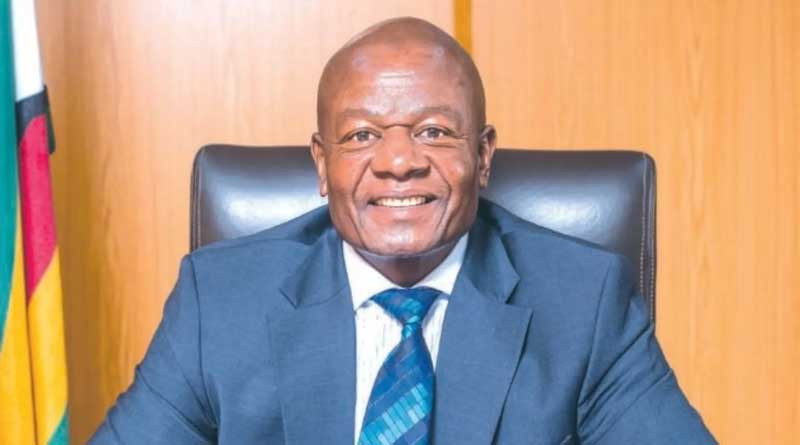
ZIMBABWE’S education sector has seen an increase in teacher‑to‑pupil ratio to 1:45, far above the ideal standard where each educator has 20 learners in early childhood classes and 40 in primary grades, a new report shows.
This is contained in the joint Portfolio Committee on Primary and Secondary Education and Thematic Committee on Gender and Development on the state of universal access to basic primary and secondary education in Zimbabwe.
The revelations have heightened calls on government to lift the freeze on teacher recruitment.
The report revealed that the government freeze on teacher recruitment halted the appointment of 8 000 educators pending Treasury approval.
The committee described the current ratio as “too high”, calling for urgent action.
“The teacher-pupil ratio is a crucial indicator of the quality of education in any country. The joint committee observed that the Ministry of Primary and Secondary Education is experiencing a significant shortage of qualified teachers, leading to a high teacher-pupil ratio.
“This situation adversely affects the quality of education provided to students. In the Mabvuku-Tafara-Epworth district, it was noted that several vacant teaching posts were awaiting Cabinet approval for recruitment.
As a result, many schools are operating with overcrowded classrooms, often exceeding the recommended limits. This scenario compromises both the quality of education and teacher effectiveness.
- Community trailblazers: Dr Guramatunhu: A hard-driving achiever yearning for better Zim
- Community trailblazers: Dr Guramatunhu: A hard-driving achiever yearning for better Zim
- Platinum miners reject BNC refinery
- One stitch in time saves nine
Keep Reading
“The joint committee found out that many schools are exceeding the standard teacher-pupil ratio of 1:40. This overburdening of teachers hinders their ability to provide individual attention to students, further negatively impacting learning outcomes.”
The committee said the situation was worse in urban schools, where most institutions had resorted to hot sitting as a temporary measure, which disproportionately affects pupils with disabilities.
“For instance, in Gwanda district, there is an acute shortage of both schools and teachers. The joint committee learnt that once teachers leave or retire, it takes up to three years to fill the vacancies.
“In the meantime, the delivery of some essential subjects such as sciences, mathematics and agriculture is negatively affected by teacher shortages and those who remain face very high pupil-teacher ratios, compromising the quality of their teaching,” the committee said.
The lawmakers said there was a severe lack of accommodation for teachers, a major factor in the high rate of teacher turnover.
“It is practically impossible to recruit and retain talented instructors in rural locations due to a lack of adequate housing and amenities. According to information provided to the joint committee, available accommodation is frequently in poor condition, which results in living circumstances that deter staff retention.
“Two to three teachers were sharing a room, according to some headmasters and members of school development committees. Their performance suffers as a result of the majority of teachers choosing to commute from neighbouring towns or growth points, frequently arriving at school as late as 0900 hours,” the committee said.
It was discovered that 18 teachers were living in seven houses at Mount Makomwe Primary School in Marange, forcing them to share restrooms and toilets.
“There is a significant teacher turnover rate in schools with housing issues since many teachers relocate to towns and cities in search of better amenities like electricity and running water,” the legislators said.
They called on Treasury to approve teacher recruitment.
“As of 30 June 2025, the Ministry of Finance, Economic Development and Investment Promotion should approve the recruitment of teachers to reduce the high pupil-teacher ratio and ensure more effective individualised attention, leading to improved education outcomes.
“By 31 March 2025, the Ministry of Primary and Secondary Education, using allocated funds, should commence constructing new schools to decongest existing facilities and ensure that learners do not travel more than five kilometres to the nearest school.
“The Ministry of Primary and Secondary Education should initiate engagements with parents and community members, through local leadership such as councillors and Members of Parliament, to support the planning and execution of school feeding programmes at both primary and secondary schools countrywide at the beginning of every term, starting from 6 May 2025.”
The MPs said the ministry should strengthen collaboration with other stakeholders, including the Ministry of Information, Communication Technology, Postal and Courier Services, to effectively invest in ICT infrastructure, particularly in rural schools, by the end of the year.
“The Ministry of Information Communication Technology, Postal and Courier Services in collaboration with the Ministry of Primary and Secondary Education by 31st August 2025 should launch the expansion of internet connectivity and provision of modern computing facilities in less privileged and under developed schools by partnering local communities and collaborating with mobile technology service providers to bridge the gap on internet accessibility and enhance digital learning opportunities.
“By 31 October 2025, before the commencement of the 2026 national budget processes, the Ministry of Public Service, Labour and Social Welfare, should collaborate with the Ministry of Primary and Secondary Education and other relevant ministries to review the management, control, and accountability of the Beam programme.
“In the 2026 national budget, Parliament should ensure the allocation of at least US$1 000 budget per school for the construction and upgrading of school facilities, to ensure accessibility by all learners through the installation of ramps, accessible toilets and proper signage.”
The legislators said the Primary and Secondary Education ministry should submit bids for acquiring learning and teaching aids, such as Braille materials, assistive technology devices, visual and audio aids, and tactile and interactive aids to cater for pupils with disabilities in the 2026 national budget.
“By 31 July, 2025, the Ministry of Primary and Secondary Education should conduct a comprehensive assessment of current teacher accommodation requirements and prioritise the construction and renovation of teachers' houses in rural areas to attract and retain qualified educators to these areas,” the committee said.
Zimbabwe Teachers Association secretary-general Goodwill Taderera said some schools in urban areas had more than 2 000 pupils and 21 classroom blocks or less.
“These were meant for 500 to 600 learners, but they are now doing hot-sitting and still it is not adequate and this leads to lip service in terms of education delivery. You then find that private schools have now mushroomed, commoditising education, making sure that they fleece parents and yet nothing much is being done in terms of supervision and making sure that there is meaningful learning in those schools,” he said.
Taderera questioned government’s decision to export teachers to countries such as Rwanda.
“Talking about teacher-pupil ratios, which have remained very high, yet we are exporting teachers to some countries, for example, Rwanda and we cannot pay our teachers who we have trained from our colleges,” he said.










